What We Run From, What We Chase
By Pranamika Subhalaxmi

Lanny focuses on the young protagonist having to come to terms with a loss of a loved one as well as the many changes that come with the arrival of her estranged parents; especially when these changes involve moving to the city and losing the place she has come to call home. There is a quiet grief that permeates the image.
Dealing with loss at any stage of our lives is complex and difficult. And that is made all the more difficult when one is a child. Change is never easy, and dealing with it is made even worse when we lose the support that we need to untangle and understand it.
So, in one of the final scenes of the film, Lanny slides out of the backseat of her parents’ car and runs.
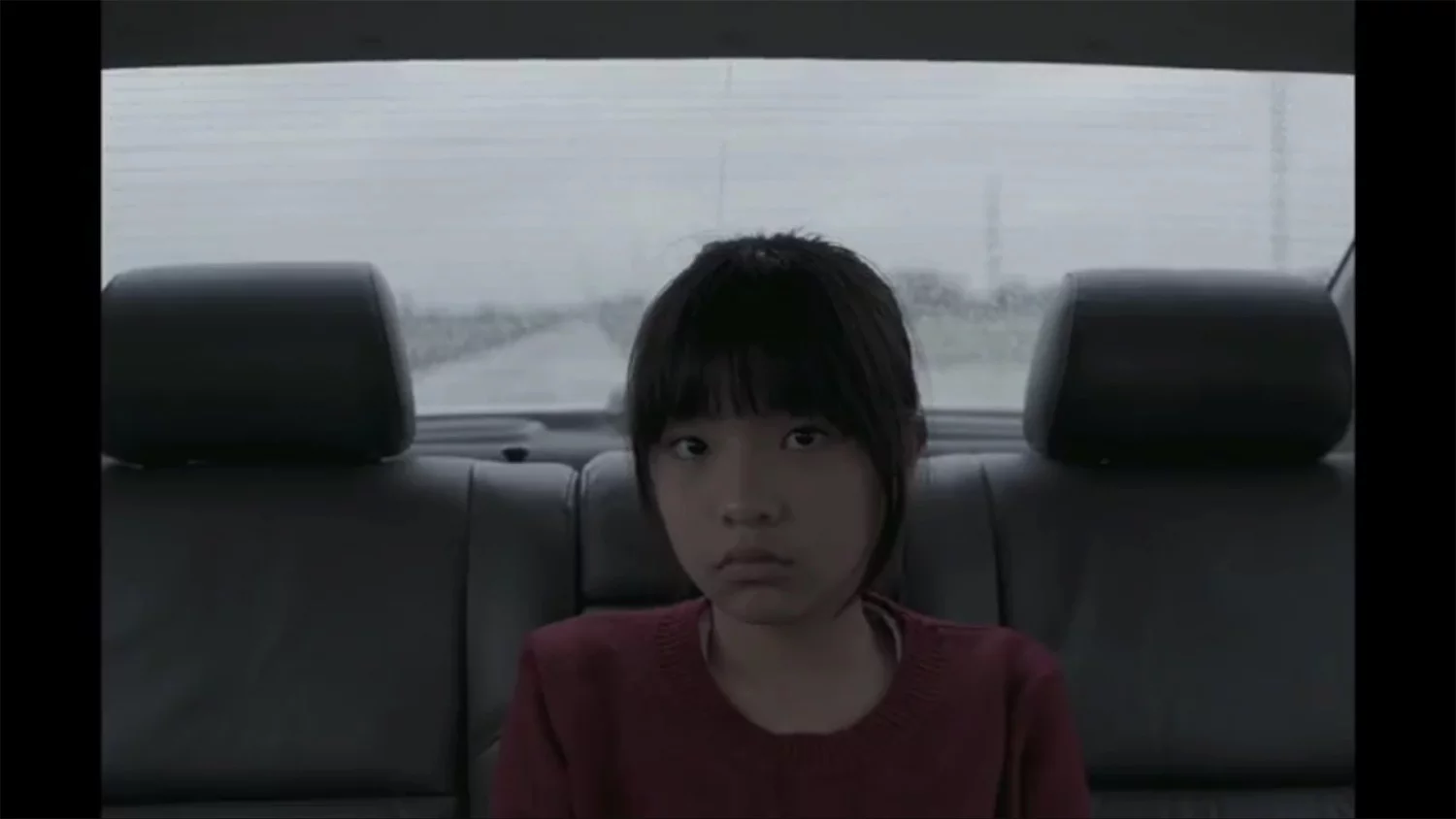

She runs away from the car and what it symbolises – progression, change, moving on – back towards the town, in the direction of the house. For all intents and purposes, this is a backwards momentum, something we should not be cheering on. Yet, it is also clearly a liberation. Sure, it is her refusal to let go, but it is also her embracing the love she learned from her grandmother and her rejection of the suffocating norms being pushed onto her by her parents.
As she sits in the grass, breathing heavily, grinning and taking in the sunlight, we feel like something has been achieved. We know, of course, that her parents will find her soon enough and things will proceed as planned. But the heavy, difficult-to-grasp emotions of the situation have been transformed into that incredibly physical burst of energy.
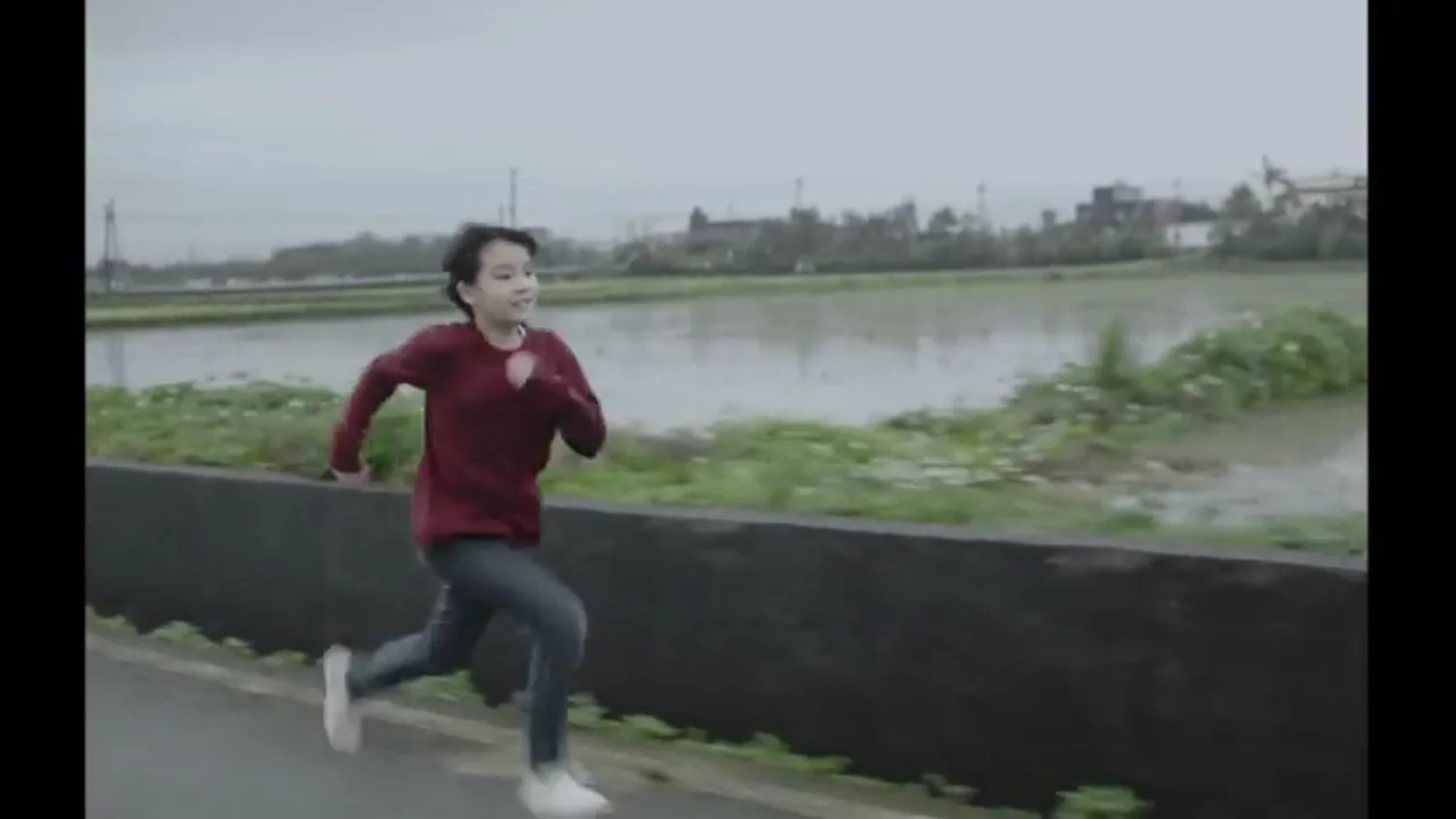
We can feel her legs covering ground, the satisfying thud of sole against wet pavement again and again and again, and it feels like therapy.
Another coming-of-age film that powerfully explores the motif of running is ADAM, directed by Shoki Lin. ADAM follows the titular character as he wrestles with a complicated home life and a fractured identity. Adam lives in a Chinese household with his abusive father and his wife, and his baby half-brother. Through the course of the film we discover that his mother is Malay, and lives by herself for reasons that are unspecified. It is clear that Adam would rather be living with her, as she shows him kindness and concern, but towards the end of the film she abandons him while he is getting his haircut.
Adam escapes the barber’s chair and the camera follows him out the door, but his mother is nowhere to be seen. He looks around for her, somehow seeming both desperate and resigned. His exhaustion feels almost tangible, and we feel an intense pang of sorrow for this lost little boy.
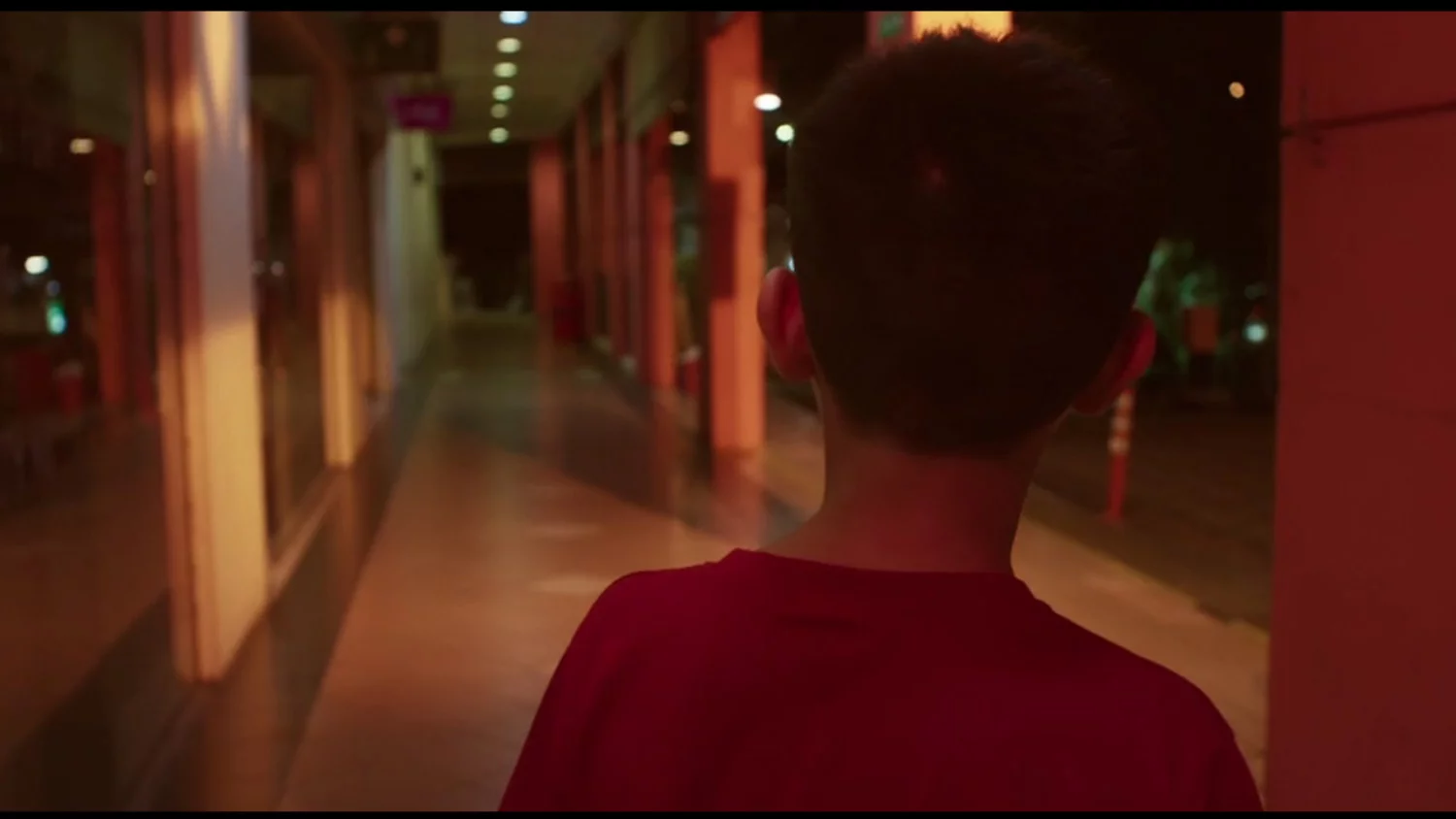
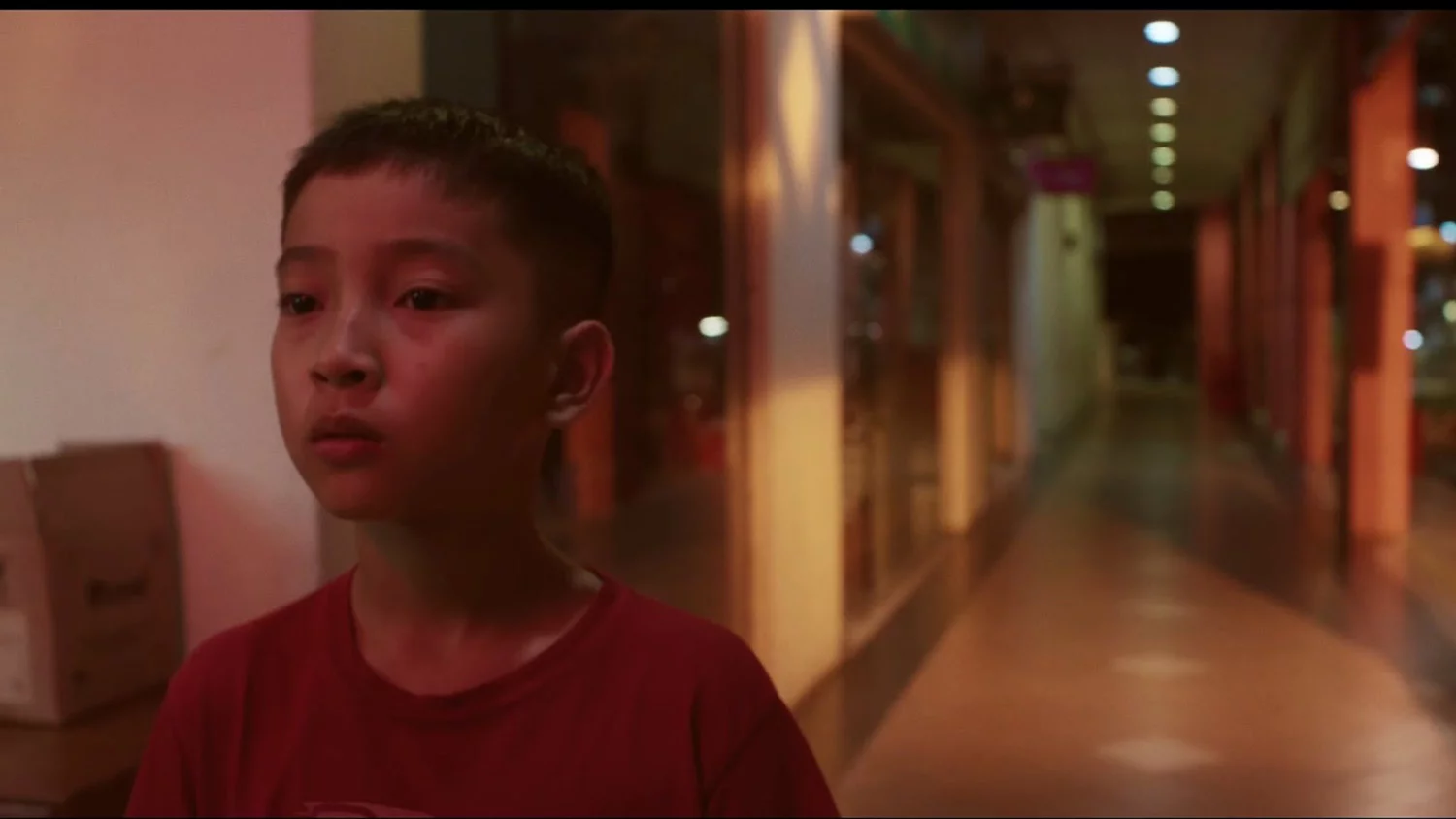
But then he breaks into a run. At first, it feels like he is looking for his mother. But then, as the music builds slowly to nothing and the sound of his breathing intensifies, it feels like he is running from something. We struggle to keep our sights on him as he disappears behind various people and objects aligning the pavement.

He bobs in and out of sight, almost like he is lost at sea. There is a rhythm to his running, following the steady but heavy sound of his breathing and his slippers smacking against the ground. Finally, he comes into view and the camera shakily follows alongside him.
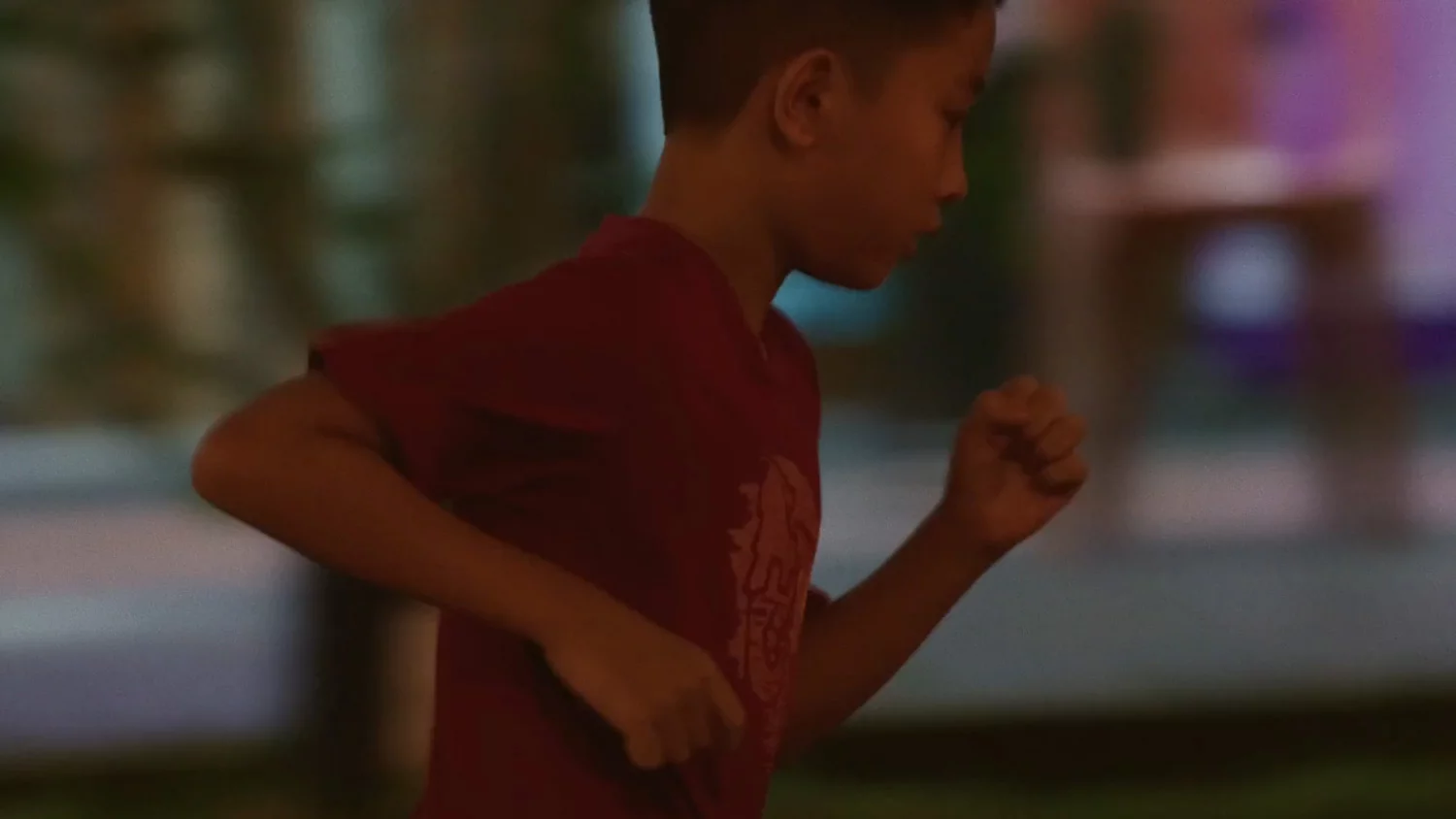
This doesn’t feel like liberation, as it does in Lanny, where the camera follows her steadily and we can see her smiling. Another marked difference is that in Lanny we see her stop and lie on the grass, reaching some kind of equilibrium. In Adam, we never see him stop; the film ends on this final long shot of him still running. He looks back and around him often, like he is being chased.
The question at the end of Adam feels like one of whether he is running away from something or towards. It certainly feels a lot less clear in that sense than Lanny, where we can recognise she is doing a little of both.
I think that Adam is running away from uncertainty itself. He runs from his broken and abusive home, from his mother’s abandonment, from fear, from the inability to be comfortable or loved or secure in his identity. Instead, he runs towards whatever the opposite of that may be, although he is unsure of the way. The uncertainty hounds him, always close on his heels.
There is liberation in running because of the spell cast by forward momentum, but there is an exhaustion as well. Running externalises their fears and desires. It channels these emotions into the tangibility of a physical action, making it easier for the young protagonists to cope with their internal struggles. Of course there is heartbreak in that. But there is also growth, that painful but necessary thing so integral to these stories.
At the end of the day, we all live in our own iterations of coming-of-age tales; our own handheld cinemas. We run, and we chase, afraid and wanting with debilitating constancy. One day we find that our legs have given out, our hearts have stopped pumping, and we have changed ever so slightly — just enough to be unrecognisable.
– Pranamika Subhalaxmi